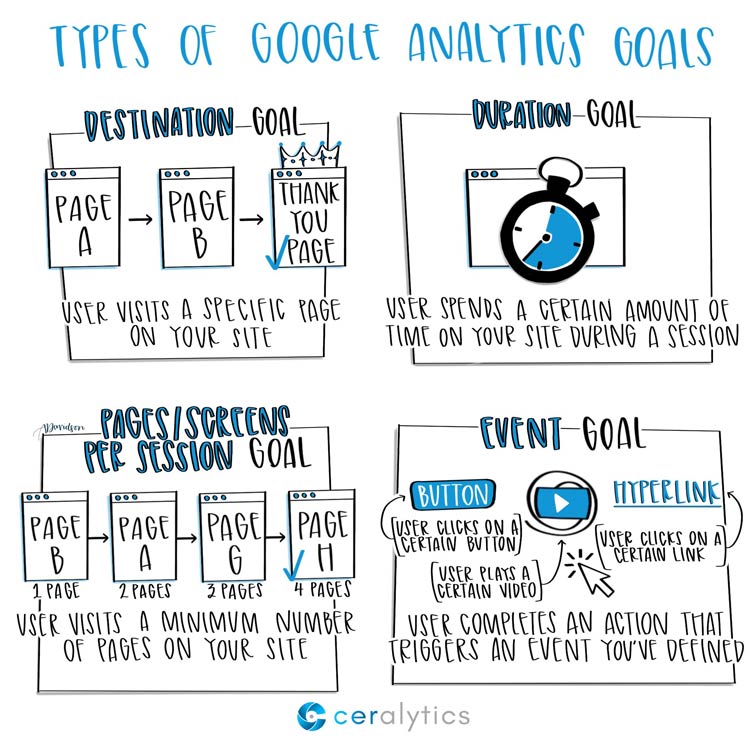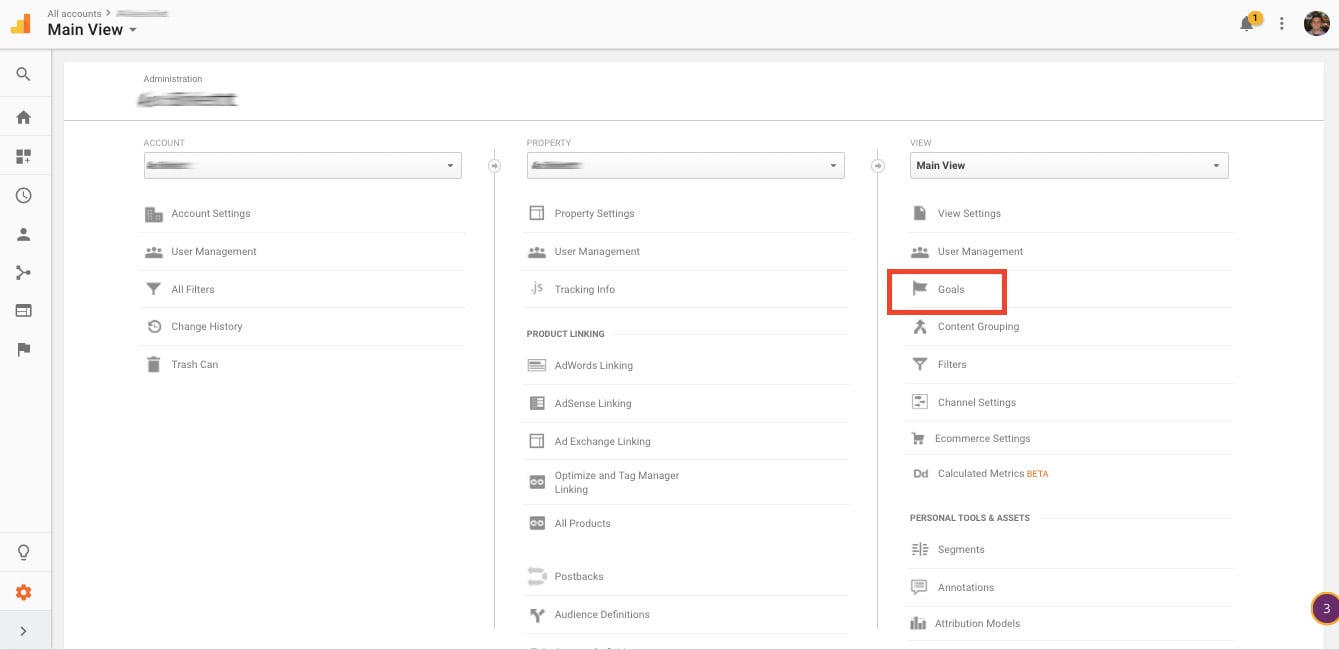Debunking Google Analytics Limitations: Discover What Information Goals Can not Track
In the realm of electronic analytics, Google Analytics stands as a powerful device that gives useful insights right into website performance and individual behavior. From the ins and outs of user interaction with vibrant content to the complexities of cross-device individual journeys, these restrictions lost light on locations that may continue to be obscured from standard analytics perspectives.

Individual Communication With Dynamic Web Content
Customer interaction with vibrant content plays a critical role in comprehending user behavior on web sites and optimizing the general customer experience. Dynamic content describes elements on a website that can transform without the demand for a full web page reload. This consists of interactive components such as pop-ups, sliders, forms, and videos that reply to user activities in real-time. By tracking user interactions with vibrant content, site owners can obtain valuable insights into individual involvement, choices, and actions.
Google Analytics supplies different tools to track customer communications with dynamic material, such as occasion tracking and digital pageviews. Occasion tracking allows you to keep track of details individual actions, like clicking a button or watching a video clip, providing information on exactly how individuals connect with dynamic components.
Cross-Device Individual Journeys
Just how can contemporary analytics tools track the complicated courses users take across multiple devices in their on-line journeys? Cross-device individual journeys provide a considerable obstacle for tracking and assessing individual behavior precisely. As customers communicate with applications or websites utilizing numerous devices such as desktop computers, mobile phones, and tablets, it becomes critical to understand just how they move between these platforms to optimize individual experience properly.
Google Analytics encounters constraints in tracking cross-device user journeys due to privacy concerns and technical restraints - what data is google analytics goals unable to track. While it can offer insights right into specific gadgets' interactions, tracking a smooth user trip throughout numerous gadgets remains a challenge. This restriction can result in incomplete information and fragmented individual understandings, making it hard for businesses to develop a unified sight of the client journey
To address this issue, organizations can make use of sophisticated analytics tools that offer cross-device monitoring capacities, enabling them to acquire a more all natural understanding of customer habits. By leveraging these tools, services can connect the space in tracking cross-device user trips and enhance their digital strategies for a smooth user experience.
Offline Conversions and Acknowledgment
As services navigate the obstacles of tracking cross-device individual trips, one more crucial element to think about is the world of offline conversions and attribution in the world of data analytics. While Google Analytics gives beneficial insights into online user habits, it fails when it comes to tracking conversions that happen offline. This limitation positions a considerable obstacle for services that have both online and offline sales networks.
Offline conversions, such as purchases made in physical shops or through call centers, are important to recognizing the total consumer journey. Without the ability to associate these offline conversions to specific on the internet communications, companies might struggle to precisely gauge the impact of their electronic advertising initiatives.
To address this space, businesses can explore different solutions such as incorporating CRM systems with on-line analytics tools or using unique discount codes that can be mapped back to online campaigns. By connecting the gap in between online and offline data, companies can get an extra extensive understanding of their consumers' actions and improve their overall advertising and marketing techniques.
Person User Identification
In the realm of data analytics, the capability to accurately determine specific customers throughout numerous online touchpoints is an essential challenge for organizations looking for to individualize and maximize their advertising and marketing methods. While Google Analytics gives valuable understandings right into customer behavior and communications, it falls short in allowing the identification of specific individuals due to personal privacy issues and technical constraints. Google Analytics makes use try here of one-of-a-kind identifiers such as cookies to track customer sessions and habits, however these do not equate to determining private users in a personal feeling.

Data From Secure Pages
Despite the boosting prevalence of safe pages on web sites, obtaining information from these encrypted sources presents a distinct challenge for electronic analytics platforms like Google Analytics. Safeguard pages, indicated by HTTPS in the link, encrypt information traded between the customer's browser and the internet site's server to make certain privacy and protection. While this encryption is essential for safeguarding delicate information, it also positions limitations for tracking user actions and gathering analytics data.
Google Analytics deals with barriers in collecting in-depth information from protected web pages due to the encryption procedures in place. Consequently, particular data points such as recommendation resources, keyword searches, and even some user interactions may not be completely caught when customers access redirected here a site via a safe link. This limitation can affect the accuracy and efficiency of the data analysis, causing voids in recognizing customer habits and choices on safe and secure web pages.
To browse this challenge, digital analysts may need to explore alternative tracking methods or take advantage of various other devices especially created to gather understandings from protected pages. By adapting techniques to fit these restrictions, organizations can still derive valuable analytics despite the restraints offered by encrypted links.
Verdict
Finally, Google Analytics has limitations in tracking customer communication with vibrant material, cross-device customer trips, offline conversions, private user identification, and data from secure pages. These restrictions prevent a comprehensive understanding of customer actions and might bring about spaces in data analysis. Regardless of its useful understandings, Google Analytics may not give a total photo of customer involvement across different touchpoints. It is crucial for services to be knowledgeable about these limitations and take into consideration extra devices for a much more holistic sight of their data.
Customer interaction with dynamic web content plays an important role in comprehending customer habits on websites and maximizing the overall individual experience. By tracking user communications with vibrant content, internet site proprietors can get valuable insights right into customer engagement, choices, and behaviors.
Google Analytics utilizes one-of-a-kind identifiers such as cookies to track user sessions and habits, yet these do not equate to determining specific customers in a personal sense.
As a result, specific information points such as recommendation resources, keyword searches, and also some user interactions may not be totally captured when users access a web site via a secure connection.In final thought, Google Analytics has restrictions in tracking customer interaction with dynamic content, cross-device individual journeys, offline conversions, private user identification, and data from safe web pages.
Comments on “What Data Is Google Analytics Goals Unable to Track: Vital Details”